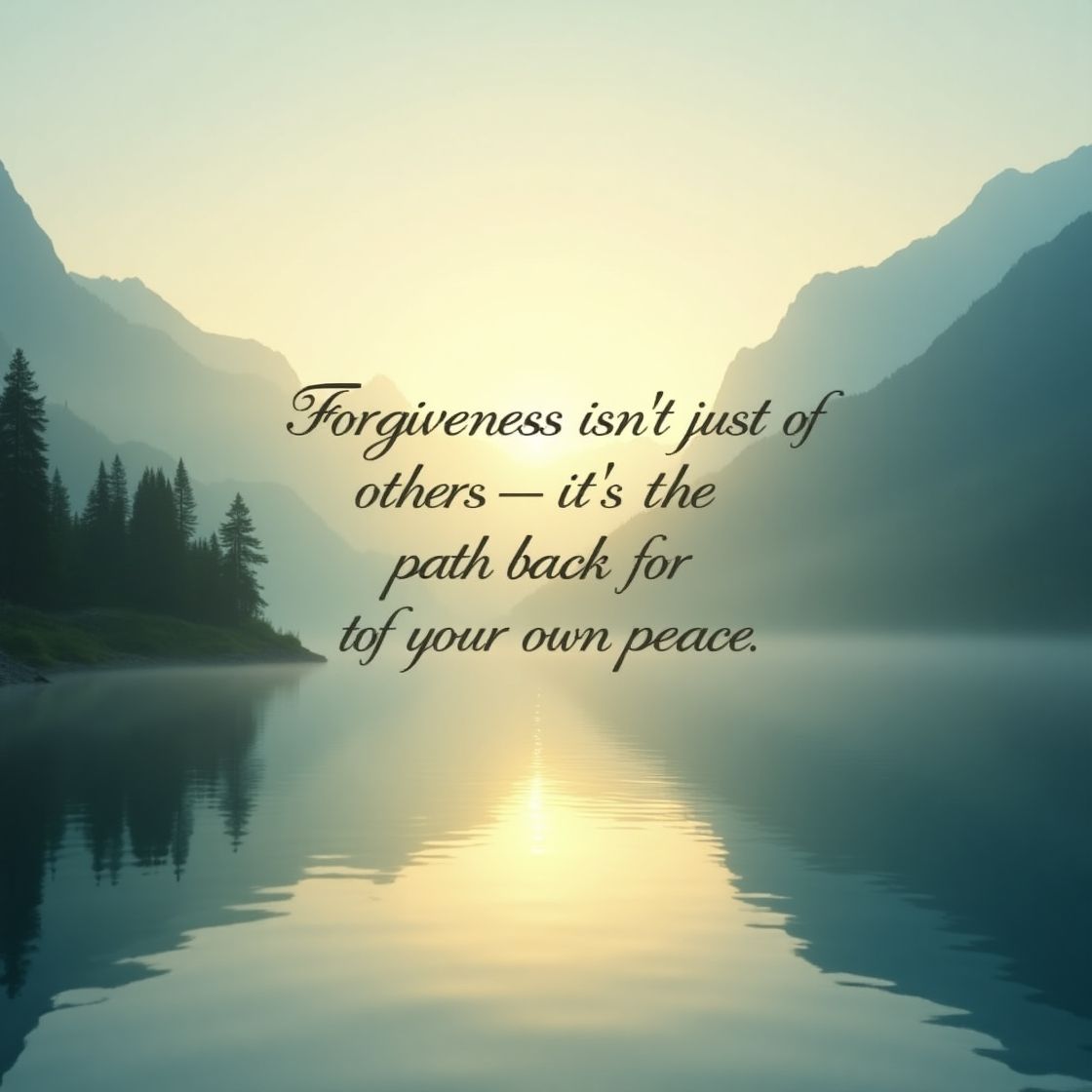Healing through forgiveness: a journey to inner peace is more than just a phrase. It is a real path many people walk to find relief from emotional pain, resentment, and bitterness. In the WORLD, many are struggling silently with the wounds of the past.
This blog will guide you in simple steps on how to begin healing by learning how to forgive, both yourself and others. Along the way, we will explore trauma, shame, guilt, and the emotional freedom that comes from letting go.
Why Forgiveness Is the First Step Toward Healing
True healing starts when we choose to forgive. This does not mean we forget or excuse the hurt. It means we choose to release the pain and move toward peace. Without forgiveness, we remain stuck in a cycle of anger, regret, and bitterness.
When you hold on to pain, it controls your thoughts and actions. But when you let go, you open the door to empowerment and growth. You gain your strength back. That is why forgiveness is the very first step in any journey toward healing.
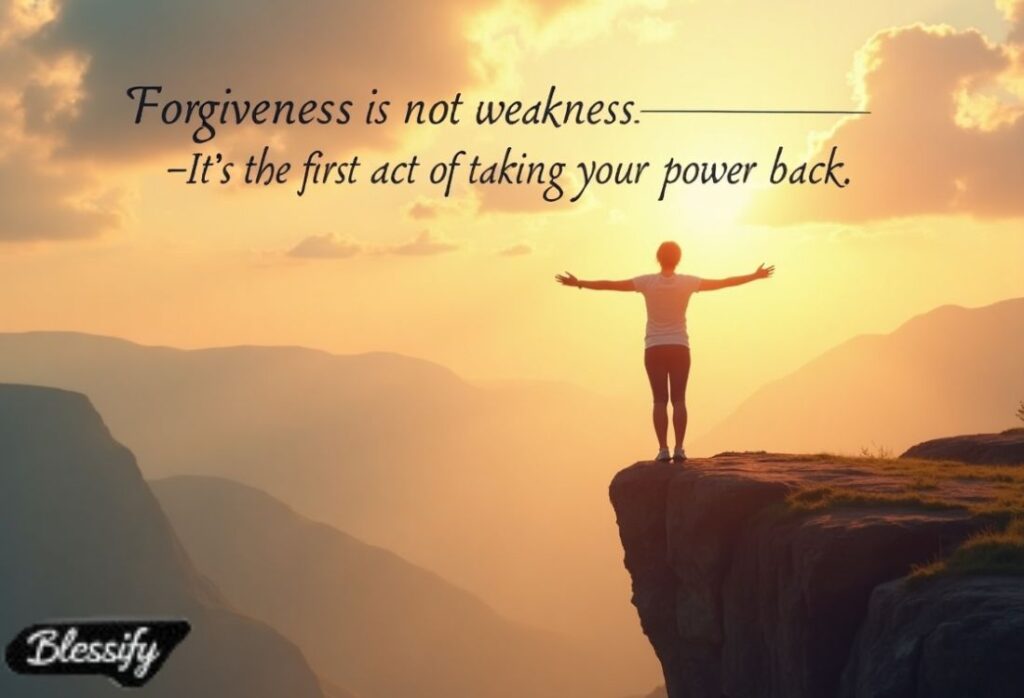
What Is Forgiveness? A Psychological and Spiritual Perspective
Forgiveness means you make a decision to stop holding anger toward someone who hurt you. Psychologists say it helps reduce stress, anxiety, and even physical problems. Spiritually, it is about showing compassion and empathy, even when it is hard.
In many American religions, forgiveness is seen as a sacred act. It brings you closer to your higher self and allows you to live without emotional burdens. Both science and spirituality agree: to forgive is to set yourself free.

The Weight of Holding Grudges: How Unforgiveness Affects Mental Health
When you do not forgive, you carry a heavy weight. This burden can cause many health problems. It increases your stress hormones. It disturbs your sleep. It keeps you angry all the time.
Here is a simple table showing effects of unforgiveness on health:
| Mental Health Issue | Connection to Unforgiveness |
|---|---|
| Anxiety | Holding resentment increases stress |
| Depression | Unhealed emotional pain can lead to sadness |
| Insomnia | Anger keeps your brain alert at night |
| Chronic Pain | Stress affects the nervous system |
Letting go of bitterness is not for others. It is for your own peace.
Also read:Ultimate Guide to Self-Healing: 14 Proven Techniques for Mind, Body & Soul
The Healing Journey: How Forgiveness Leads to Inner Peace
When you choose to forgive, you begin a journey of emotional and spiritual recovery. You are no longer tied to the past. Instead, you are walking forward, with peace in your heart.
This healing path brings emotional freedom. It helps you live in the present, not in past trauma. You can focus again, enjoy small things, and feel calm. This is how forgiveness becomes the bridge between pain and peace.
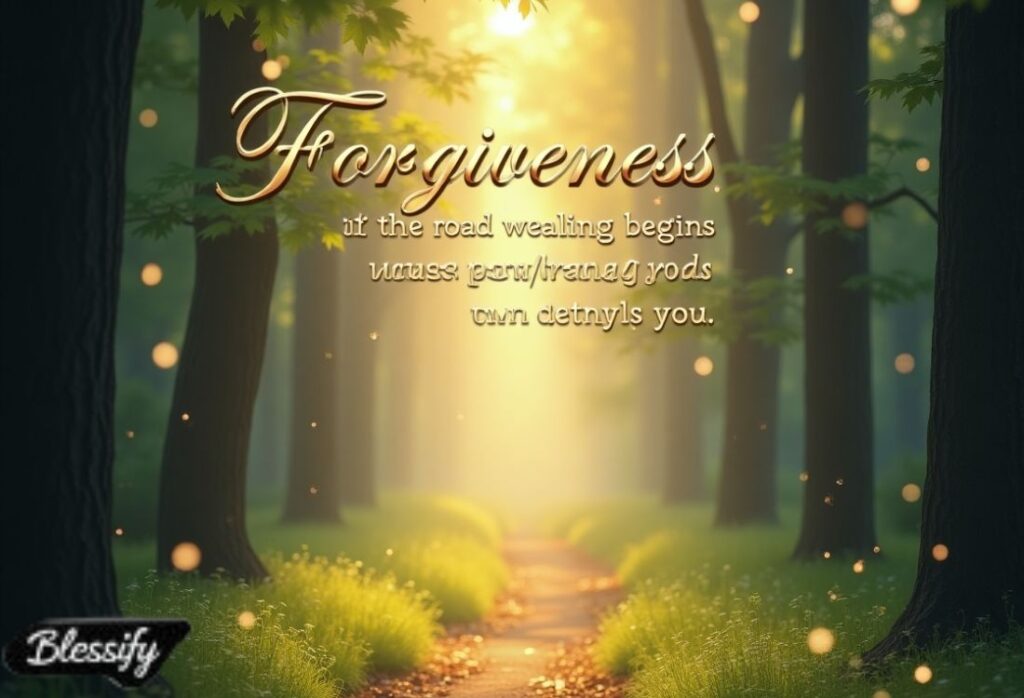
Self-Forgiveness: Letting Go of Guilt and Shame
Many people in the USA struggle with guilt and shame. They regret past actions and cannot stop blaming themselves. But true healing only begins when you practice self-forgiveness.
You must reflect, understand, and then release the pain you feel toward yourself. Self-forgiveness is not easy. It requires vulnerability and courage. But it is worth it. When you forgive yourself, you find relief and inner acceptance.

Forgiving Others: Releasing Anger and Resentment
Sometimes the person who hurt us is not sorry. Yet the resentment we hold burns only us. Learning how to forgive someone who hurt you deeply is hard but healing.
Forgiving others does not mean you forget. It does not mean you must become close again. It means you choose to let go, set boundaries, and protect your peace. You no longer carry the weight of their actions.

Common Myths About Forgiveness – And the Truth Behind Them
Many people believe wrong ideas about forgiveness. Let’s correct them:
| Myth | Truth |
|---|---|
| “To forgive means to forget” | No. You can remember and still choose peace. |
| “Forgiveness means weakness” | False. It is a sign of empowerment. |
| “You must reconcile” | Not always. You can forgive without trusting again. |
Understanding the truth can help you practice forgiveness without guilt.
Forgiveness vs. Justice: Can You Forgive Without Excusing?
This is a deep question. Many wonder about the forgiveness versus justice debate. Can you truly forgive someone without letting them escape consequences? The answer is yes.
You can want justice and still choose to release your personal anger. Justice is about fairness. Forgiveness is about your own healing. You can have both. Choosing one does not mean ignoring the other.
| Aspect | Forgiveness | Justice |
|---|---|---|
| Focus | Personal healing, emotional freedom, and inner peace | Fairness, accountability, and consequences for actions |
| Purpose | To let go of anger, bitterness, and resentment | To hold people accountable and protect society |
| Driven By | Compassion, empathy, and desire to release pain | Laws, ethics, and the need for fairness |
| Involves Reconciliation? | Not required. You can forgive without reconnecting with the person | Not about reconciliation. It’s about correcting wrongs |
| Emotional Outcome | Brings relief, peace, and acceptance | May bring closure, but not always emotional healing |
| Can Both Coexist? | Yes, you can forgive emotionally while still seeking justice legally | Yes, justice can be pursued while practicing forgiveness internally |
Real Stories of Healing Through Forgiveness
Here are some real examples from people in the USA who found peace through forgiveness.
A man named Josh forgave the drunk driver who killed his brother. He said, “I forgave not because he deserved it, but because I deserved peace.”
A mother named Lisa forgave her own mistakes during her addiction. She shared, “Self-forgiveness saved my life. I no longer carry the weight of my shame.”
These stories show how powerful and healing forgiveness can be.

Step-by-Step Guide: How to Start Practicing Forgiveness
The road to forgiveness is not easy. But it is possible. Here are the steps to self-forgiveness and healing:
- Reflect on your pain and how it affects your life.
- Understand what forgiveness truly means for you.
- Process your emotions with a friend, therapist, or journal.
- Choose to forgive, even if you don’t feel ready.
- Let go of the hurt, again and again.
- Replace anger with compassion or acceptance.
- Live each day with the decision to heal.
These steps help bring emotional freedom and inner peace.
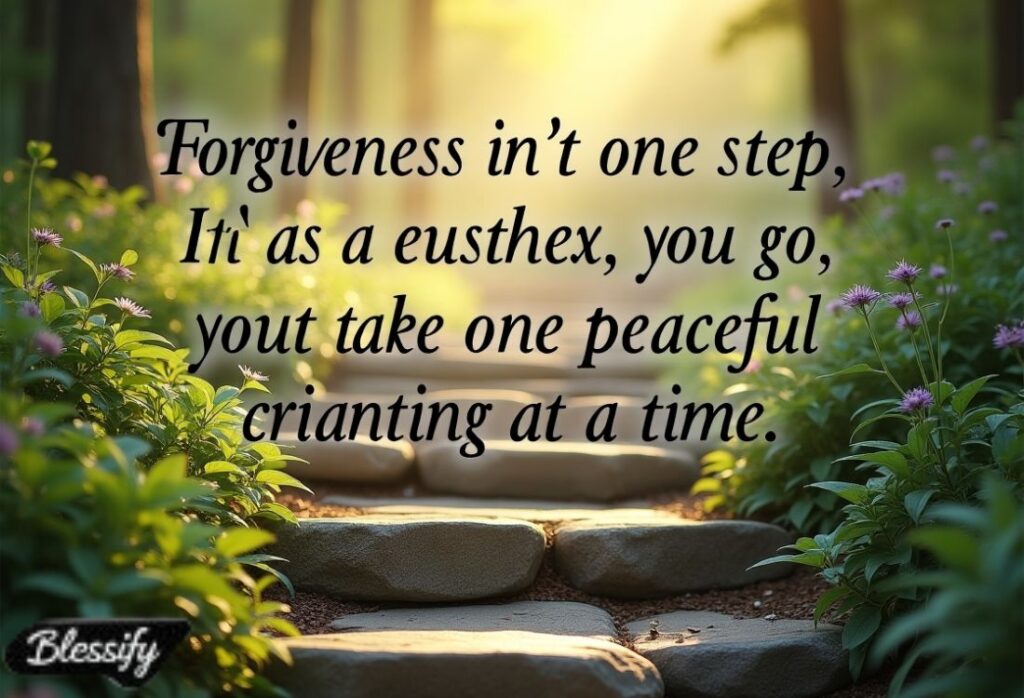
Mindfulness and Meditation Techniques for Forgiveness
Mindfulness can help calm your mind and body. When you feel safe and still, it becomes easier to forgive.
Try a simple breathing exercise. Sit quietly and breathe in deeply. As you breathe out, say the word “release” in your mind. Do this for 10 minutes each day.
Another helpful tool is the loving-kindness meditation. In this practice, you meditate on sending love and peace to yourself, then to someone you care about, and finally, to the one who hurt you.
These are powerful mindfulness exercises for forgiveness that bring real change.
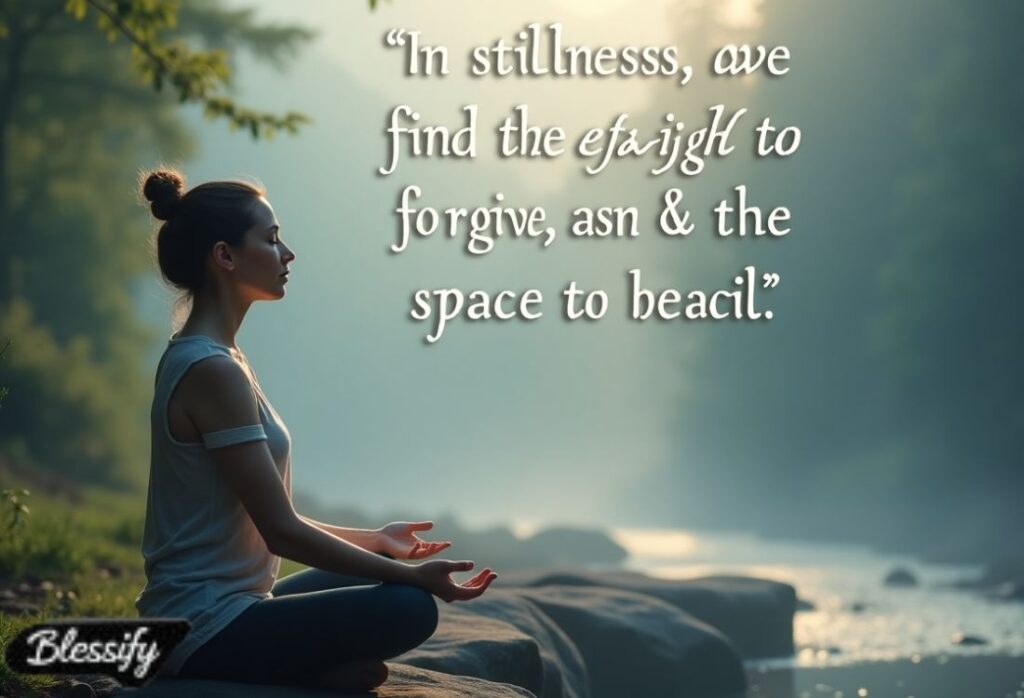
When Forgiveness Feels Impossible: Setting Boundaries and Healing at Your Own Pace
Sometimes, the pain is too deep. Forgiveness feels impossible. That is okay. It is not a race. You must take time to heal, protect yourself, and create strong boundaries.
You may not forgive right now. But you can still find relief. You can choose therapy, support groups, or journaling. These are valid ways to process pain. You are still healing.
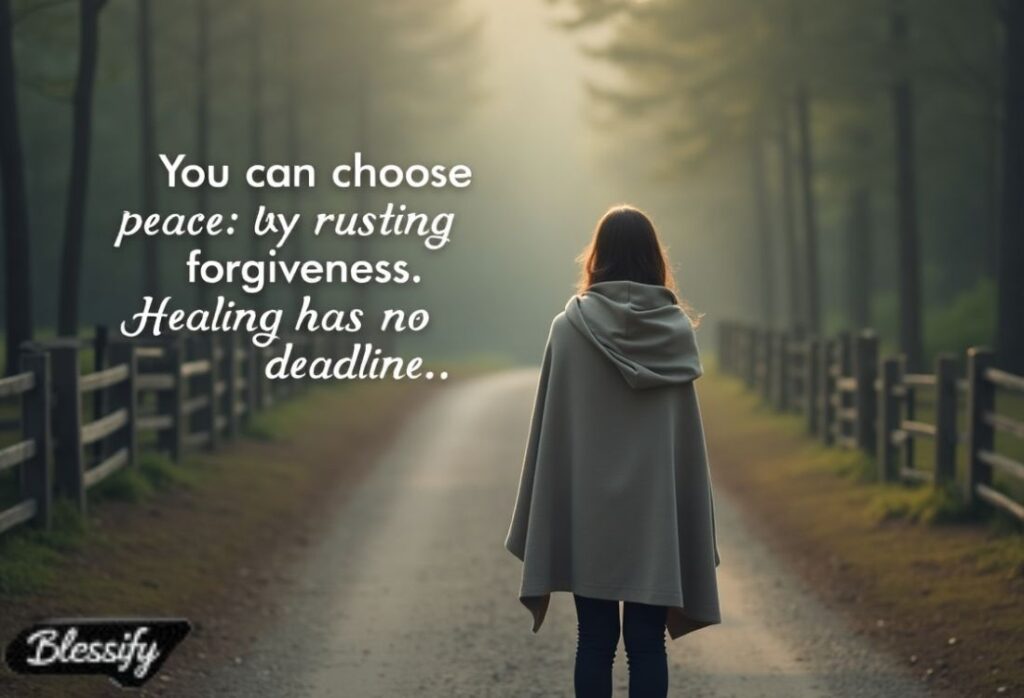
Conclusion: Embrace Forgiveness to Reclaim Your Inner Peace
In the end, healing through forgiveness: a journey to inner peace is a personal path. You must walk it in your own way. But know this: to forgive is to set your soul free. Whether you need to forgive yourself or someone else, the first step begins with a choice.
Forgiveness brings emotional freedom. It opens the door to peace, acceptance, and deep empowerment. Start today. Your healing is waiting.
FAQs
What is the healing process of forgiveness?
It’s the journey of letting go of anger, guilt, or resentment, and choosing emotional freedom and inner peace.
Can forgiveness heal trauma?
Yes, forgiveness can help ease trauma by reducing emotional pain and supporting recovery, though healing may also need therapy and time.
Is forgiveness required for healing?
Not always, but it often helps. You can begin to heal without forgiving, but full emotional freedom often comes with letting go.
What are the 3 stages of forgiveness?
Acknowledging the hurt, choosing to forgive, and finding peace or acceptance.
What are the 4 R’s of forgiveness?
Responsibility, Remorse, Restitution, and Renewal — steps that support healing for both giver and receiver.
What is the golden rule of forgiveness?
Forgive others as you want to be forgiven — offering compassion just as you hope to receive it.

Entitled Healing Through Forgiveness: A Journey to Inner Peace, this document explores the process of releasing anger, guilt, and resentment in favor of emotional freedom and tranquility. Forgiveness plays a pivotal role in healing trauma, offering a path to reducing emotional distress and aiding in recovery, often complementing therapy and time. While forgiveness is not always mandatory for healing, it frequently serves as a catalyst, initiating the journey towards emotional liberation and ultimate peace.

Welcome to Soulfulblessing! I’m Jav Jav — an AI-powered SEO and content writer with over 2 years of experience crafting engaging, search-optimized content that drives results.

